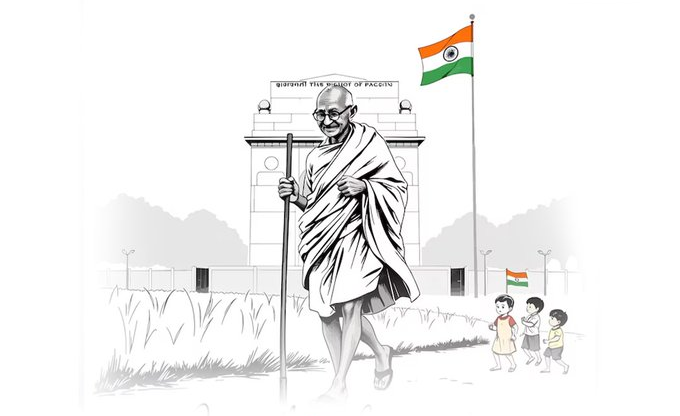Today marks a pivotal moment in the political landscape of Jammu & Kashmir as the counting of votes in the 2024 Assembly elections begins, following a 10-year electoral hiatus and the first election since the abrogation of Article 370. With high stakes and anticipation running high, the results will decide the formation of the new government in the Union Territory.
The elections, held in three phases on September 18, 25, and October 1, saw a voter turnout of 63.88%, as per the Election Commission of India. This is the first assembly election since the historic revocation of Jammu and Kashmir’s special status in August 2019, which resulted in the bifurcation of the state into the Union Territories of Jammu & Kashmir and Ladakh.
Political heavyweights are in a tight contest, with the Bharatiya Janata Party (BJP) aiming for a solo victory, while the Congress-National Conference (NC) alliance looks to secure a majority. This is a significant election for the region, as it will establish the first full-fledged government after years of President’s Rule and administrative control.
A Fierce Battle for Power
The election has seen the Congress and the National Conference (NC) teaming up to contest the elections together, in contrast to the People’s Democratic Party (PDP) and BJP, who decided to go their separate ways this time. The BJP’s decision to part ways with the PDP in 2018 led to the fall of Mehbooba Mufti’s government and brought the region under Governor’s Rule, a situation that has persisted since then.
Now, with a revamped political landscape, all eyes are on the alliances and solo contenders, especially with predictions suggesting a strong lead for the Congress-NC alliance in a poll of polls. However, the unpredictability of Jammu and Kashmir politics makes it a nail-biting wait until the final results are declared.
A Historic Vote Post-Article 370
This election holds tremendous significance, as it marks the first electoral exercise after the abrogation of Article 370, which stripped Jammu & Kashmir of its special autonomy. The move divided the former state into two Union Territories, a decision that drastically altered the region’s political and administrative framework. The ongoing elections are not only about governance but also about setting the course for Jammu and Kashmir’s future in this new era.
What’s Next for Jammu & Kashmir?
As the counting progresses with tight security measures in place, the fate of Jammu & Kashmir’s political future rests in the hands of its voters. Will the Congress-NC alliance make history, or will the BJP secure a majority to form a government? Only time will tell, and as always, exit polls should be taken with caution. The final results, expected later today, will determine the leadership that will steer Jammu & Kashmir into a new chapter of development and stability.
Stay tuned for the latest updates as the results continue to unfold!












